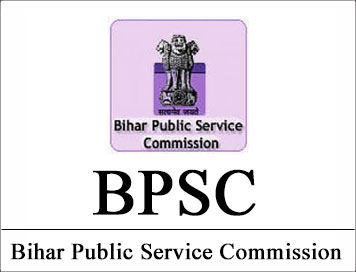
BIHAR State GK Questions (Set-30) for BPSC Exam
Q.1 : बिहार में कितनी चीनी मिलें है ?
(a) 12
(b) 28
(c) 25
(d) 24
Q.2 : बिहार में सूती वस्त्र उद्योगों के केन्द्र है ?
(a) फुलवारी शरीफ
(b) मुजफ्फरपुर
(c) गया
(d) उपरोक्त सभी
Q.3 : निम्न में से बिहार में कहा पर सूती वस्त्र उद्योग केन्द्र नहीं है ?
(a) मुजफ्फरपुर
(b) गया
(c) शाहपुर
(d) फुलवारी शरीफ
Q.4 : बिहार में सिगरेट बनाने का कारखाना कहॉं पर है ?
(a) भागलपुर में
(b) दिलवारपुर में
(c) चक्रधरपुर में
(d) मुजफ्फरपुर में
Q.5 : बिहार में कहॉं पर एक मात्र तेलशोधक कारखाना है ?
(a) दरभंगा
(b) मरकुण्डा
(c) बरौनी
(d) पटना